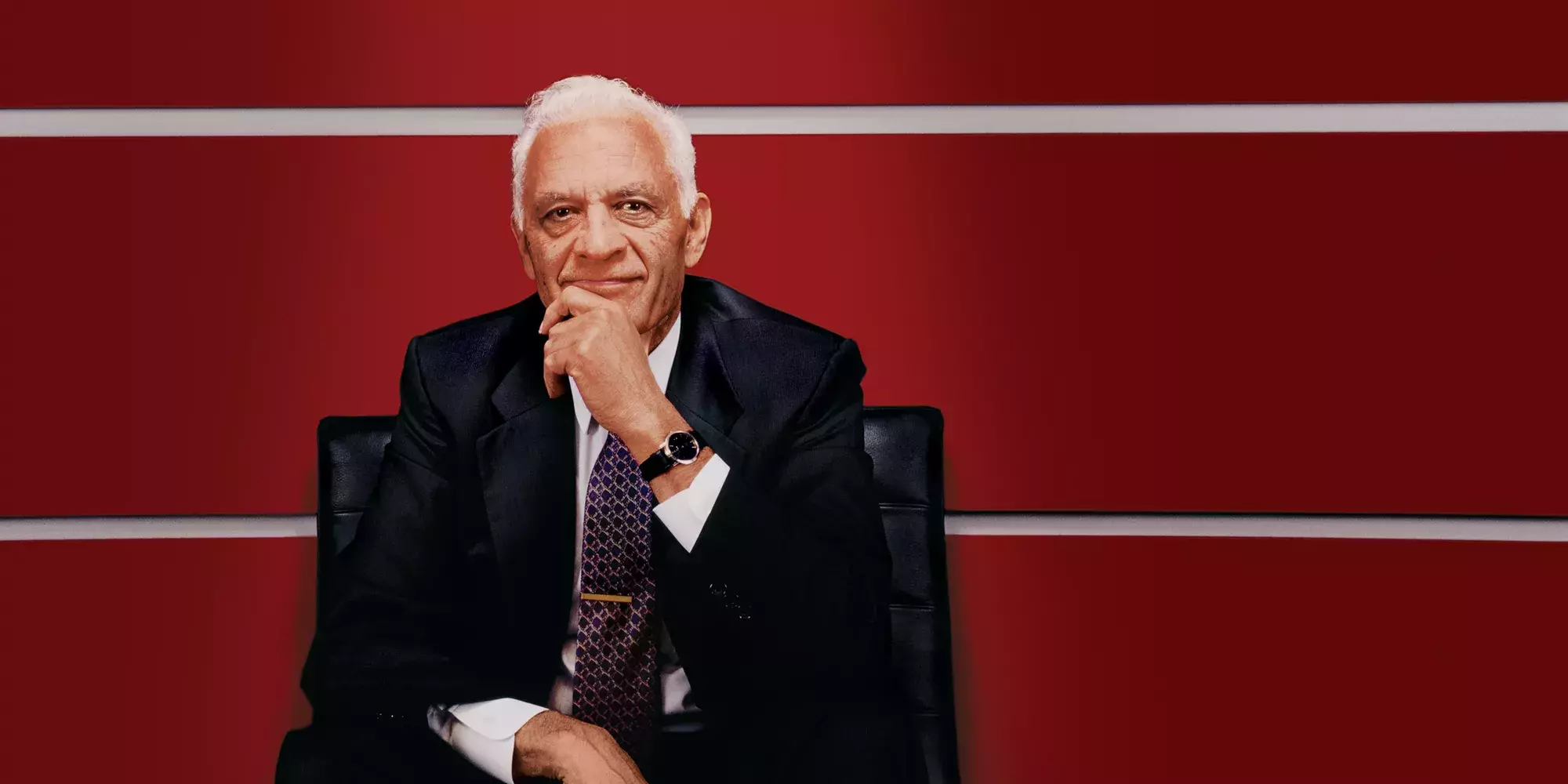
In the heart of Philadelphia, amid the echoes of American history, Amar Gopal Bose’s journey into the world of sound and acoustics began on November 2, 1929. His childhood was a tapestry woven with threads of intellectual curiosity, inspired by his father, an Indian freedom fighter, and his mother, with her French and German heritage. This unique blend of cultural and intellectual richness laid the foundation for Amar’s inquisitive nature and innovative spirit.
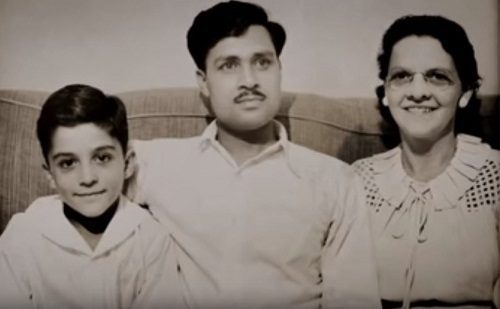
From an early age, Amar was captivated by the inner workings of radios, spending hours disassembling and reassembling them, not merely as a pastime but as a pursuit of understanding. His makeshift workshop in the family’s basement became a laboratory where he mastered the intricacies of electronics, each repaired radio marking a step further in his quest for knowledge.
World War II brought challenges but also opportunities. With his father’s import business in jeopardy, young Amar proposed an ingenious solution: a radio repair shop. This endeavor was more than just a means to an end; it was Amar’s first foray into entrepreneurship, blending his technical skills with a keen sense of business acumen. The family basement, once a quiet space, buzzed with the sounds of radios being brought back to life, each repair a testament to Amar’s growing expertise.
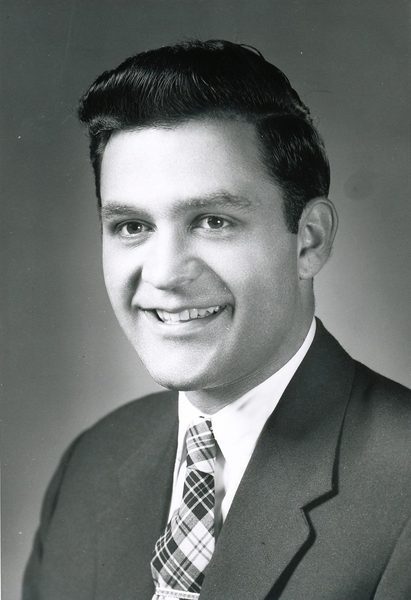
Amar’s academic journey took a significant turn when he was admitted to MIT, a testament to his father’s belief in his potential despite the family’s financial constraints. Despite facing initial setbacks, including a lack of formal training in calculus, Amar’s unwavering determination saw him through. His time at MIT was transformative, culminating in a Ph.D. in Electrical Engineering, with his thesis on non-linear systems laying the groundwork for future innovations in speaker technology.
Founding of Bose Corporation and Innovations in Audio Technology
Amar Bose’s venture into the realm of audio technology wasn’t just a leap; it was a calculated dive into uncharted waters, driven by a profound dissatisfaction with the sound quality of high-end stereo systems available at the time. This discontent sparked a journey that would eventually redefine the landscape of audio technology.
In 1964, armed with insights from his doctoral research at MIT and his intrinsic understanding of acoustics, Bose founded Bose Corporation. The company’s inception was not about chasing profits but about a relentless pursuit of innovation in sound. Bose Corporation was envisioned as a haven for research, where the boundaries of audio technology could be pushed and redefined.
One of the earliest and most revolutionary products to emerge from Bose Corporation was the 901 Direct/Reflecting speaker system, introduced in 1968. This system was a radical departure from traditional speaker designs, employing multiple smaller speakers to reflect sound off the walls, thereby simulating the experience of live music. The 901 challenged conventional wisdom and reshaped the understanding of home audio systems, setting new standards for sound quality and immersive listening experiences.
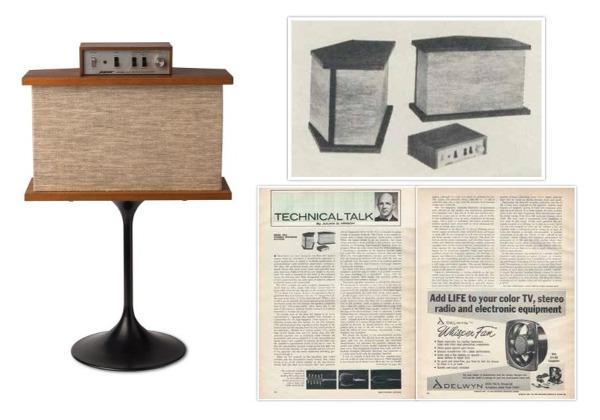
The innovation didn’t stop there. Bose Corporation ventured into the development of noise-cancelling headphones, a technology initially designed for aviation to protect pilots from the detrimental effects of prolonged exposure to loud engine noise. This technology was later adapted for consumer use, revolutionizing the way individuals experienced music in noisy environments. The QuietComfort line of headphones, with its superior noise-cancellation capabilities, became synonymous with unparalleled auditory solitude.
Bose’s foray into automotive sound systems marked another significant milestone. Recognizing the unique acoustical challenges posed by vehicle interiors, Bose Corporation collaborated with car manufacturers to develop custom sound systems. These systems were meticulously engineered to optimize the audio experience within the specific acoustic environment of each vehicle model, enhancing the overall driving experience with rich, immersive sound.
Throughout these developments, Amar Bose’s approach to innovation was characterized by a willingness to question established norms and a deep commitment to research and exploration. Bose Corporation’s success was not merely a reflection of its founder’s genius but also his philosophy that true innovation often requires taking the road less traveled.
Teaching Philosophy and Impact at MIT
As we segue from Amar Bose’s groundbreaking contributions to audio technology through Bose Corporation, we approach a pivotal juncture in his journey — his return to the academic world and his enduring impact on education and mentorship at MIT. After establishing a company synonymous with innovation in sound, Bose didn’t retreat to the laurels of corporate success. Instead, he redirected his passion for knowledge and discovery back to the fertile intellectual grounds of MIT. This transition from entrepreneur back to educator wasn’t just a career shift; it was a reflection of Bose’s deep-seated belief in the transformative power of teaching and his commitment to nurturing the next generation of engineers and thinkers.

Amar Bose’s tenure at MIT, extending far beyond his initial role as a student, was marked by an unwavering dedication to education and mentorship. Despite the demands of running a burgeoning technology empire, Bose remained deeply rooted in the academic community, embodying the dual roles of innovator and educator with unparalleled grace.
Bose’s approach to teaching was revolutionary. He saw the classroom not as a mere venue for disseminating information but as a dynamic space for cultivating curiosity, critical thinking, and problem-solving skills. His teaching philosophy was predicated on the idea that true learning comes from engaging with the material in a profound and personal way, encouraging students to question, explore, and innovate.
Renowned for his unconventional methods, Bose often eschewed traditional lecture formats in favor of interactive discussions, hands-on projects, and real-world problem-solving exercises. He believed that the essence of engineering education lay in applying theoretical knowledge to tackle practical challenges, a principle that resonated deeply with his students and colleagues alike.
Bose’s impact on education at MIT was further solidified through his contributions to curriculum development. He was instrumental in designing courses that bridged the gap between theory and practice, ensuring that students graduated with not just a degree but a deep-seated understanding of how to apply their knowledge in the real world.
His commitment to teaching was recognized with numerous awards, but perhaps the most significant accolade was the esteem in which he was held by his students. Many of Bose’s former pupils went on to achieve great success in their own right, often attributing their accomplishments to the lessons learned in his classroom. The establishment of the Bose Award for Excellence in Teaching is a testament to his lasting legacy at MIT, honoring those who continue to inspire and innovate in the field of engineering education
Among the students he taught, one particularly distinguished former student is William R. Brody, who later became the president of Johns Hopkins University. Brody’s reflections on Bose’s classes highlight the profound impact Bose had on his students. Brody reminisced about the captivating nature of Bose’s lectures, noting, “He would walk into a lecture to 350 students, and you could hear a pin drop,” underscoring the respect and admiration Bose commanded among his students.
Bose’s dedication to fostering an environment of rigorous intellectual inquiry and practical problem-solving is further illustrated by his mentorship of Alan V. Oppenheim, a prominent figure in the field of digital signal processing. Oppenheim, who dedicated one of his books to Bose, described him with profound admiration, stating, “What I learned from him about teaching, research, and life over the many decades of our relationship affected me in ways too numerous to describe. He set the highest standards in everything that he did, and his accomplishments as a teacher, an inventor, and an entrepreneur are legendary”.
Beyond his formal teaching duties, Bose’s mentorship extended outside the classroom. He fostered a culture of innovation and collaboration, encouraging students and colleagues to pursue research that pushed the boundaries of existing knowledge. His guidance and support helped cultivate a vibrant intellectual community at MIT, one that thrived on the exchange of ideas and the pursuit of discovery.Amar Bose’s contributions to MIT and the broader field of engineering education reflect his profound belief in the power of knowledge to change the world. His legacy as an educator is characterized not just by the content he taught but by the countless lives he inspired, shaping a generation of engineers, innovators, and thinkers who continue to push the frontiers of technology and science.

The Final Years: Innovations in Automotive Technology, Research, and Philanthropy
In weaving together the rich tapestry of Amar Bose’s final years and his enduring legacy, we look back at a life defined by ceaseless innovation, a profound commitment to education, and the unwavering pursuit of excellence that continued to resonate in his later endeavors and contributions.
Amar Bose’s latter years were characterized by an undiminished passion for pushing the boundaries of audio technology, evidenced by his work on electromagnetic suspension systems for vehicles. This innovation, a departure from traditional suspension technology, aimed to revolutionize automotive comfort and performance. By replacing conventional springs and dampers with electromagnetic motors, Bose’s system promised a ride of unparalleled smoothness and stability, showcasing his ability to apply principles of sound and acoustics to solve diverse engineering challenges.
Despite stepping back from the day-to-day operations of Bose Corporation, Amar Bose remained a visionary figure, deeply involved in research and mentoring. His dedication to exploration and discovery never waned, as he continued to inspire with his inventive spirit and commitment to solving complex problems.
In 2011, Bose made a monumental contribution to education by donating the majority of Bose Corporation’s non-voting shares to MIT. This act of generosity was a testament to his belief in the transformative power of education and research. By ensuring that MIT benefited from the dividends without influencing the company’s governance, Bose solidified his legacy as a champion of independent, curiosity-driven research, underscoring his lifelong dedication to advancing knowledge and innovation.
Amar Bose’s journey concluded on July 12, 2013, when he passed away at the age of 83 in Wayland, Massachusetts. His passing marked the end of an era but also the beginning of a lasting legacy that continues to influence the worlds of audio technology and education. Bose’s contributions to the field of sound, coupled with his transformative impact on teaching and mentorship at MIT, have left an indelible mark, inspiring generations of engineers, inventors, and thinkers.
In reflecting on Amar Bose’s life, we celebrate a legacy that transcends the products and technologies he developed. We honor a visionary who saw beyond the constraints of the present to imagine a future reshaped by sound. His story remains a beacon of inspiration, echoing through the innovations that bear his name, the halls of MIT, and the lives of those he touched with his work and wisdom.
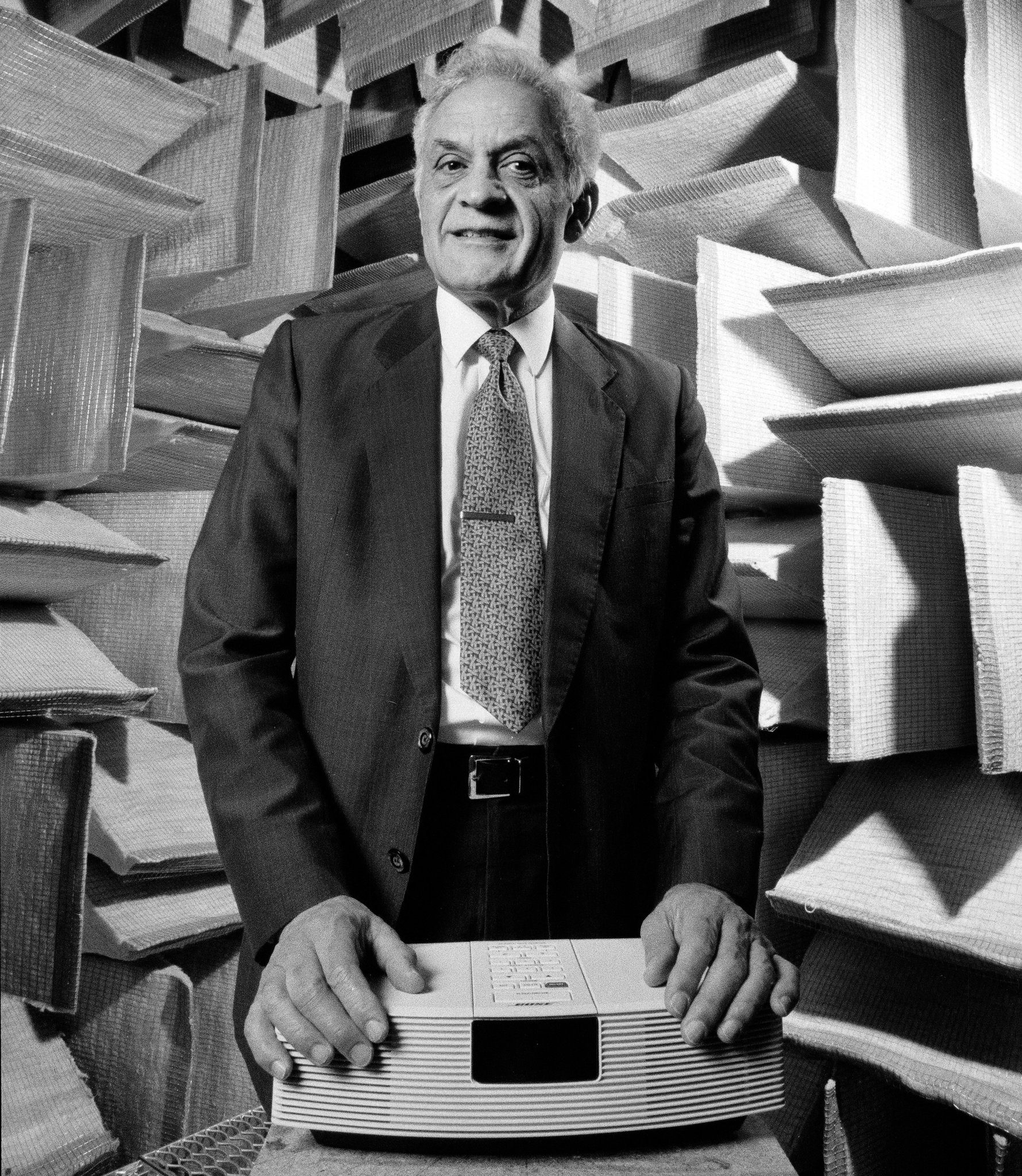


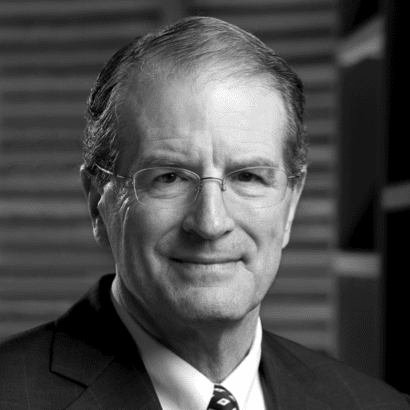
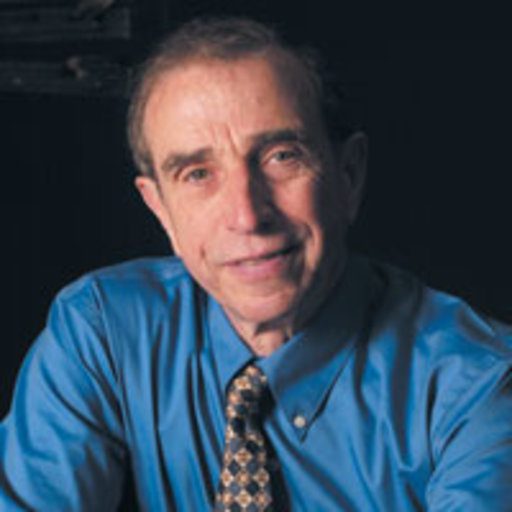





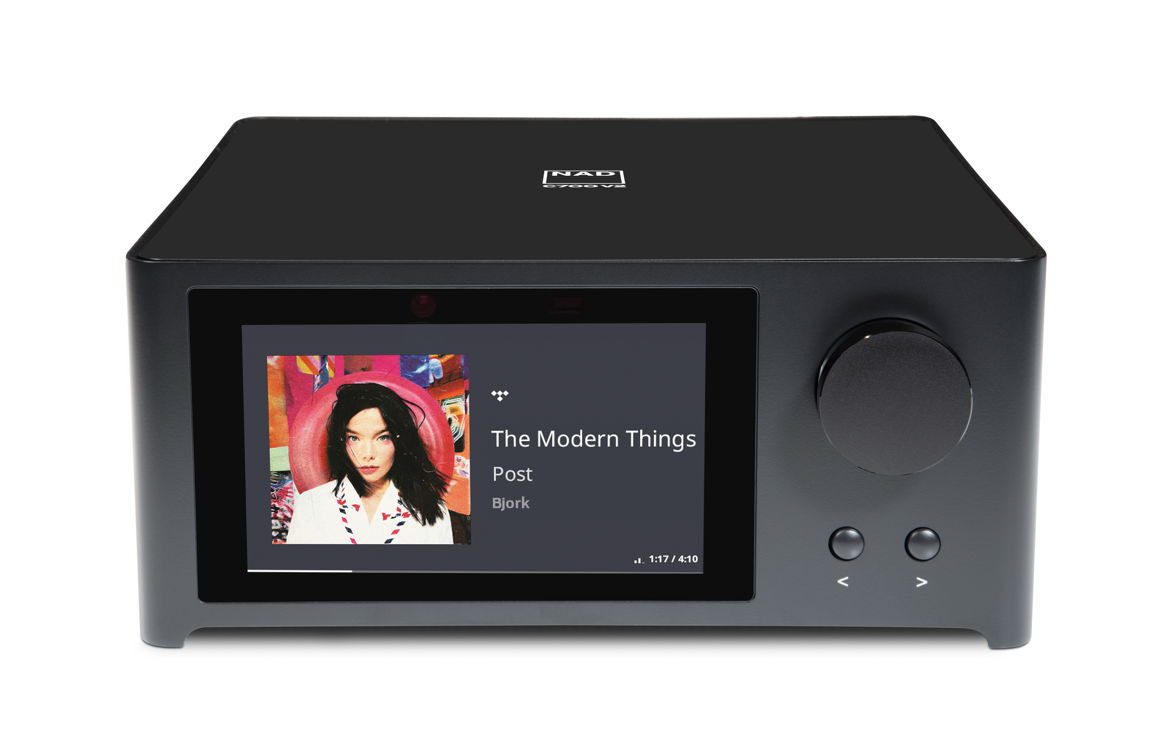



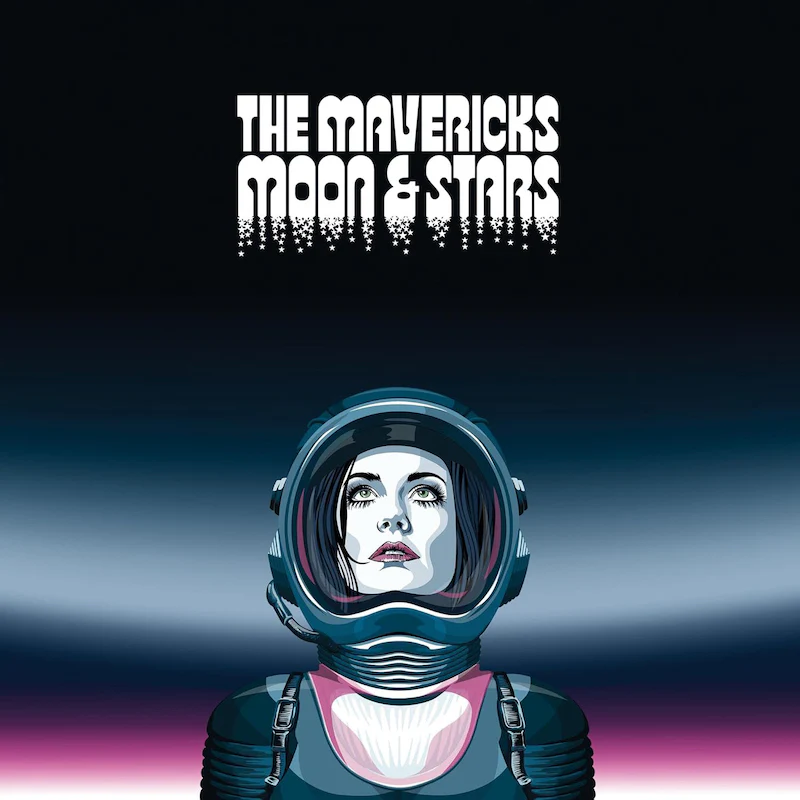


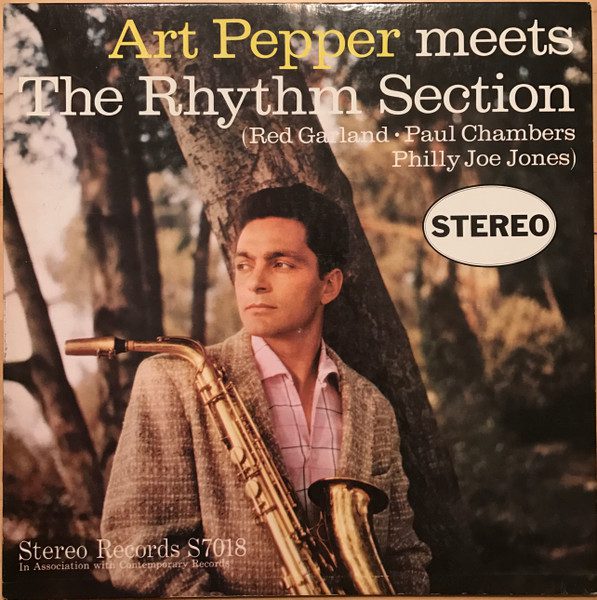
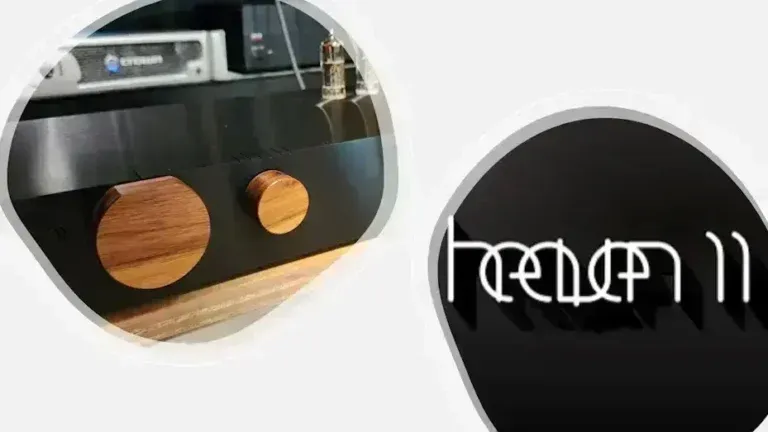
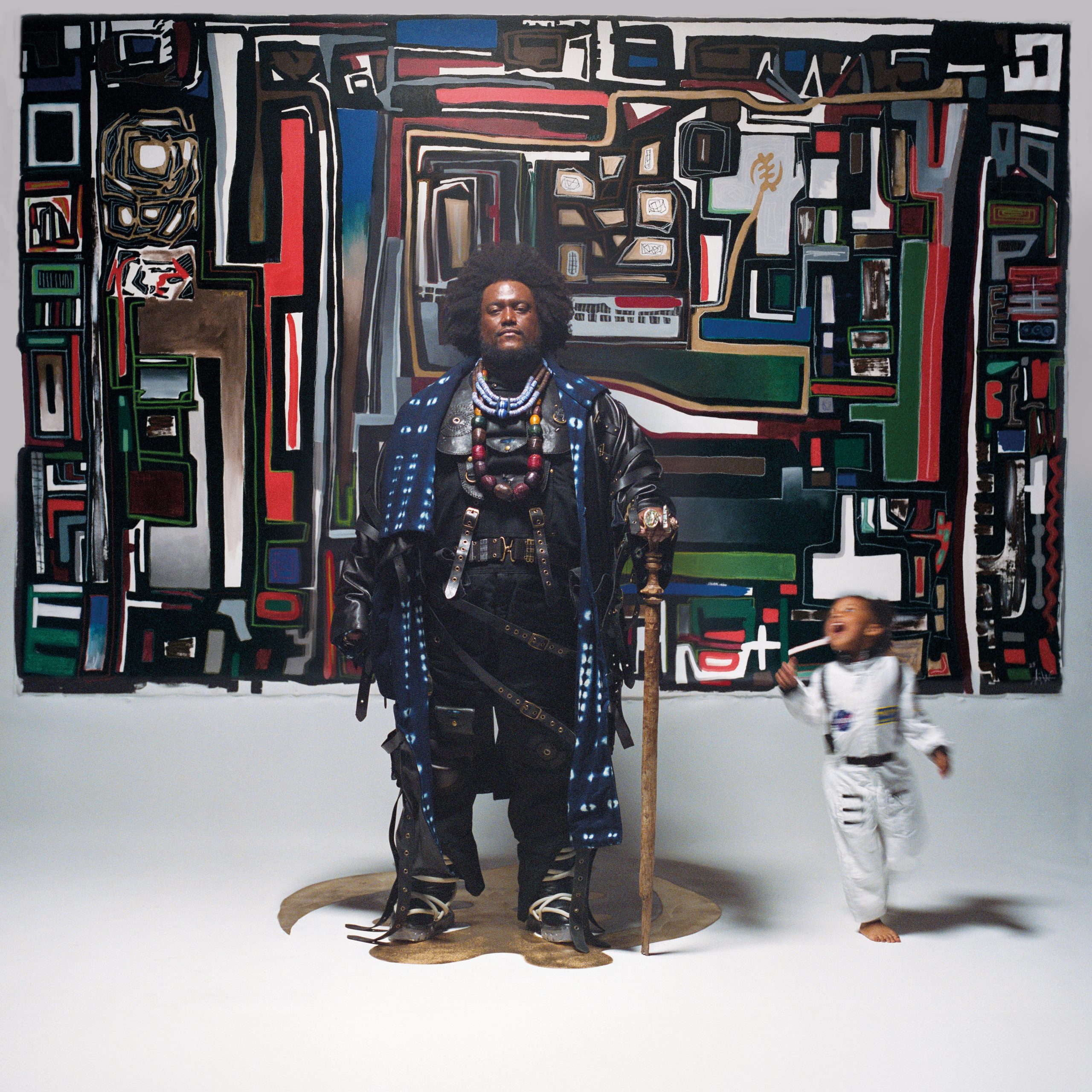
Leave a Reply